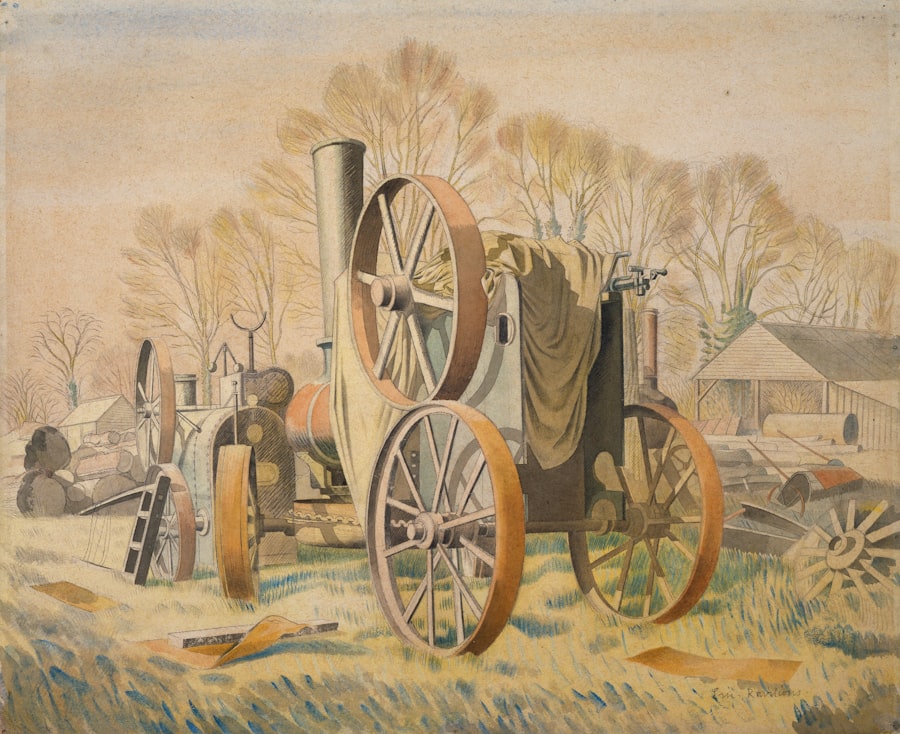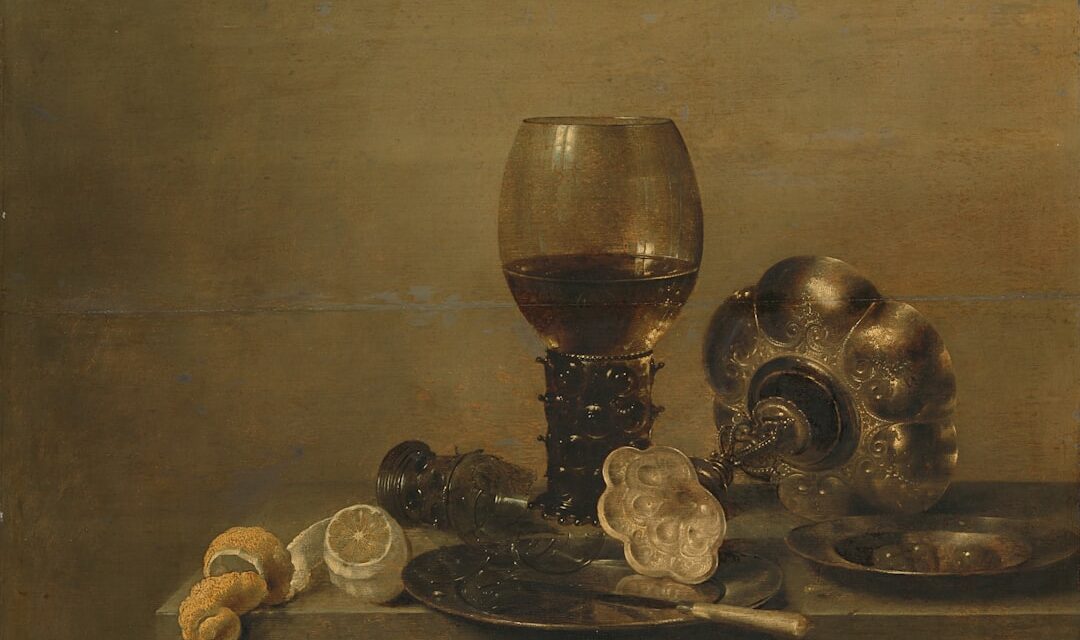Illusionistic ceiling painting, often referred to as trompe-l’œil, is a captivating art form that creates the illusion of three-dimensional space on a two-dimensional surface. This technique employs a variety of artistic methods to trick the viewer’s eye, making flat ceilings appear to extend into the heavens or to feature architectural elements that do not physically exist. The term “trompe-l’œil” is derived from the French phrase meaning “deceive the eye,” and it aptly describes the primary goal of this art form: to create a visual experience that challenges perception and invites viewers to question the boundaries of reality.
The practice of illusionistic ceiling painting is not merely about aesthetic appeal; it also serves to enhance the spatial dynamics of a room. By manipulating light, shadow, and perspective, artists can create a sense of depth that transforms an ordinary ceiling into a grand architectural feature. This technique has been employed in various contexts, from opulent palaces to humble homes, and it continues to inspire artists and designers alike.
The allure of illusionistic ceiling painting lies in its ability to transport viewers into an alternate reality, where the mundane becomes extraordinary and the limitations of physical space are transcended.
Summary
- Illusionistic ceiling painting is a technique that creates the illusion of depth and dimension on a flat ceiling surface, often using trompe l’oeil techniques.
- Illusionistic ceiling painting has a rich history dating back to ancient Rome and has been used in various cultures and periods, including the Renaissance and Baroque eras.
- Techniques and materials used in illusionistic ceiling painting include perspective, shading, and the use of plaster, fresco, and oil paints to create realistic imagery.
- Famous examples of illusionistic ceiling painting can be found in iconic buildings such as the Sistine Chapel and the Palace of Versailles, showcasing the skill and artistry of renowned painters.
- Illusionistic ceiling painting has played a significant role in art history, influencing the way we perceive and interact with architectural spaces and contributing to the development of interior design.
The History of Illusionistic Ceiling Painting
The roots of illusionistic ceiling painting can be traced back to ancient civilisations, where artists sought to embellish their environments with elaborate frescoes and murals. In ancient Rome, for instance, the use of perspective in wall and ceiling paintings was already evident, with artists like Pompeii’s anonymous painters creating intricate scenes that suggested depth and dimension. However, it was during the Renaissance that this technique truly flourished, as artists began to explore the principles of linear perspective more rigorously.
Pioneers such as Andrea Mantegna and Michelangelo pushed the boundaries of illusionistic painting, creating works that not only adorned ceilings but also transformed them into narratives filled with mythological and religious themes. The Baroque period marked a significant evolution in illusionistic ceiling painting, as artists sought to evoke emotional responses through dramatic compositions and dynamic forms. The ceilings of churches and palaces became canvases for grandiose scenes that often depicted heavenly realms or divine interventions.
Notable examples from this era include the stunning frescoes of Giovanni Battista Gaulli in the Church of the Gesù in Rome, where figures seem to cascade from the heavens, enveloping viewers in a celestial embrace. This period solidified illusionistic ceiling painting as a vital component of architectural design, merging art with structural elements to create immersive experiences.
Techniques and Materials Used in Illusionistic Ceiling Painting

Creating an illusionistic ceiling painting requires a mastery of various techniques and materials that allow artists to manipulate perception effectively. One of the fundamental techniques employed is linear perspective, which involves creating a vanishing point on the horizon line where parallel lines converge. This technique helps establish depth and spatial relationships within the composition.
Additionally, artists often utilise chiaroscuro, the contrast between light and shadow, to enhance the three-dimensionality of figures and objects depicted in their work. In terms of materials, traditional illusionistic ceiling paintings were typically executed using fresco techniques, where pigments were applied to wet plaster. This method allowed for vibrant colours and durability, as the pigments would bond with the plaster as it dried.
However, modern artists may also employ acrylics or oils on canvas or other surfaces, allowing for greater flexibility and ease of application. The choice of materials can significantly impact the final appearance of the artwork, influencing factors such as texture, luminosity, and longevity.
Famous Examples of Illusionistic Ceiling Painting
Throughout history, numerous examples of illusionistic ceiling painting have captivated audiences with their grandeur and intricacy. One of the most iconic works is Michelangelo’s Sistine Chapel ceiling in Vatican City, completed between 1508 and 1512. This monumental fresco features scenes from Genesis, including the famous Creation of Adam, where God reaches out to touch Adam’s finger.
The use of foreshortening and dynamic poses creates an astonishing sense of depth that draws viewers into the narrative. Another remarkable example is the ceiling of the Palazzo Barberini in Rome, painted by Pietro da Cortona in the 17th century. This work showcases a grand allegorical scene depicting the Triumph of Divine Providence.
Cortona’s masterful use of perspective creates an illusion of an open sky filled with swirling clouds and celestial figures, inviting viewers to gaze upwards in awe. The seamless integration of architecture and painting exemplifies how illusionistic ceiling art can transform a space into a theatrical experience.
The Importance of Illusionistic Ceiling Painting in Art History
Illusionistic ceiling painting holds a significant place in art history due to its innovative approach to space and narrative. It represents a convergence of artistic skill and architectural design, showcasing how visual art can enhance physical environments. This technique not only reflects the cultural values and beliefs of its time but also serves as a testament to human creativity and ingenuity.
The ability to create convincing illusions on a grand scale has inspired generations of artists and architects, influencing movements such as Neoclassicism and Romanticism. Moreover, illusionistic ceiling painting has played a crucial role in shaping public perception of art and architecture. By blurring the lines between reality and illusion, these works invite viewers to engage with their surroundings in new ways.
They challenge conventional notions of space and invite contemplation on themes such as divinity, power, and human experience. As such, illusionistic ceiling painting remains an enduring symbol of artistic ambition and exploration.
Contemporary Applications of Illusionistic Ceiling Painting

In contemporary times, illusionistic ceiling painting continues to evolve as artists experiment with new techniques and technologies. While traditional methods remain popular among some practitioners, others have embraced digital tools to create immersive experiences that transcend physical limitations. For instance, projection mapping has emerged as a modern counterpart to traditional ceiling painting, allowing artists to project animated visuals onto surfaces, creating dynamic illusions that change over time.
Additionally, contemporary interior designers often incorporate elements of illusionistic painting into their projects to enhance spatial perception within modern spaces. By using trompe-l’œil techniques on ceilings or walls, designers can create focal points that draw attention upward or add depth to otherwise flat surfaces. This approach not only adds visual interest but also contributes to an overall sense of harmony within a space.
How to Create Your Own Illusionistic Ceiling Painting
Creating your own illusionistic ceiling painting can be an exciting endeavour that allows for personal expression while exploring artistic techniques. To begin, it is essential to plan your composition carefully. Consider what themes or narratives you wish to convey and sketch out your ideas on paper before transferring them to the ceiling.
Understanding principles such as linear perspective will be crucial in achieving a convincing illusion; therefore, studying existing works can provide valuable insights into effective techniques. Once you have your design ready, gather your materials. Depending on your chosen method—whether fresco or acrylic—you will need appropriate paints, brushes, and possibly scaffolding for reaching higher areas safely.
Begin by preparing the surface; if you are working with plaster for a fresco effect, ensure it is applied evenly. As you paint, pay close attention to light sources and shadows; these elements will significantly impact how your work is perceived. Finally, step back frequently to assess your progress from different angles—this will help you maintain perspective throughout the process.
The Impact of Illusionistic Ceiling Painting on Architecture and Interior Design
Illusionistic ceiling painting has had a profound impact on both architecture and interior design throughout history. By integrating art into architectural spaces, designers have been able to create environments that evoke emotion and inspire awe. The interplay between painted illusions and structural elements enhances the overall aesthetic experience within a space, transforming ordinary rooms into extraordinary realms.
In modern architecture, the principles derived from illusionistic painting continue to inform design choices. Architects often consider how light interacts with surfaces and how visual elements can manipulate perceptions of space. This has led to innovative designs that incorporate large windows or skylights that allow natural light to play across painted ceilings or walls, further enhancing the illusionary effects created by artists.
As such, illusionistic ceiling painting remains an influential force in shaping how we experience our built environments today.
If you are intrigued by the transformative power of illusionistic ceiling painting, you might also find it fascinating to explore the works of other influential artists who have shaped the course of art history. For instance, Titian, a master of the Venetian school, is renowned for his profound impact on European painting. Delving into his techniques and contributions can provide a deeper appreciation of the artistic context in which illusionistic techniques were developed and refined. To learn more about Titian and his pivotal role in art history, you can read a detailed introduction by visiting An Introduction to the Artist Titian. This article offers insights into his life, his most famous works, and his lasting influence on the art world.




